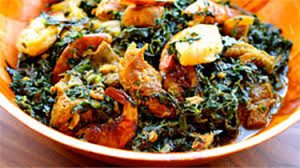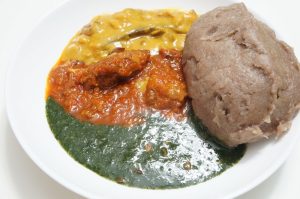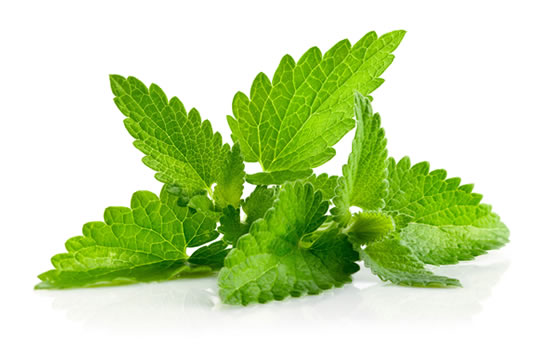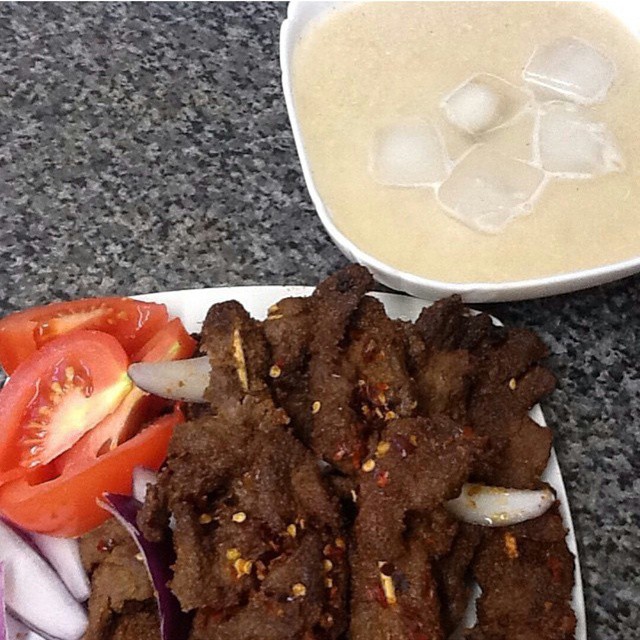Hi all. This week on your favourite health blog, we are starting a series on our indigenous food. Voila! I’m salivating at the thought of writing this. Anyway, it’s going to take the form of an ibile contest. Today, the challenge is between Edikang Ikong Soup and Ewedu Soup.
Wow, Edikang Ikong is the faster of the two. It has struck the first blow.

Edikang Ikong is a popular food in South-South Nigeria especially in Calabar and Akwa-Ibom. It was popularised by Calabar folks and has been exported to various bukas and eateries in other parts of Nigeria and abroad. Edikang Ikong is prepared primarily using ugwu (or pumpkin) leaves and water leaves. You also add several assorted condiments like stockfish, meats, pomo(cow skin), rodo (pepper), periwinkles, smoked fish and crayfish. God! By the time you are done eating, you will forget to add the ‘g’ in edikang or ikong when pronouncing it. So, what do you stand to gain by consuming this soup with your favorite swallow (mine is fufu, by the way)?
To start with, if you are diabetic, you should go for Edikang Ikong as it has sugar reducing effects. And in case you are dieting, the pumpkin leaves in Edikang Ikong is low in saturated fats, so you can consume as much as you want. Ugwu leaves are particularly rich in iron and can be used to improve the blood levels in people with nutritional anaemia. Ugwu leaves are also rich in anti-oxidants such as alpha-carotenes and beta-carotenes which slows down the aging process. Furthermore, the water leaf in Edikang Ikong is capable of reducing the blood cholesterol level because of its soluble fiber content.
However, one downside to Edikang Ikong is that it loses most of its nutritional value when it is refrigerated over a long period of time.
What about Ewedu Soup?

Ewedu with amala is the classic combination for many Yoruba people. The major component of Ewedu soup is the jute leaf. Eating this soup requires some technique. “It takes great handy skill to successfully wrap your eba around ewedu and swallow it neatly.” Jaja of Opobo confessed in 1879 (parody). All the same, this soup is easy to prepare and can be enjoyed in different forms. It can eaten with Gbegiri (an indigenous soup made from beans) or with Egusi. Amala is ewedu’s faithful partner but at times, people find a way of breaking that union and yoking ewedu with swallows like fufu, eba, and semo.
Did you know that some mothers use ewedu to wean off their babies from breast milk? Did you also know that ewedu will still remain viscous even if you don’t add kaun (lol…I am referring to potash)? Infact, adding potash actually reduces the vitamin nutrients. A better alternative is to blend it with little water until it is nearly smooth and elastic.
So, what are the benefits of Ewedu Soup?
Ewedu soup contains the trio of Vitamins A, C and E. These vitamins fend off free radicals thereby protecting the body from degenerative diseases. The ACE vitamins also happen to be the most beautifying vitamins, increasing collagen production to keep the skin firm and young-looking. This is why most people belief that ewedu was Cleopatra’s beauty secret. Ewedu contains calcium that contributes to strong bones and teeth. Ewedu is also good for the gastro-intestinal system of the body as it enables optimal bowel movements.
This brings us to the end of the ibile contest. Which soup has the upper hand? Let us know in the comments section below.










İşiniz için en iyi kompresörü burada bulacaksınız. Performansı ve kaliteyi bir arada sunuyoruz
Lida zayıflama hapı ile sizlerde hızlı şekilde kilo verebilirsiniz.
biber hapı zayıflama hapı ile sizlerde hızlı şekilde kilo verebilirsiniz.
I cannot thank you enough for the article post.Thanks Again. Awesome.